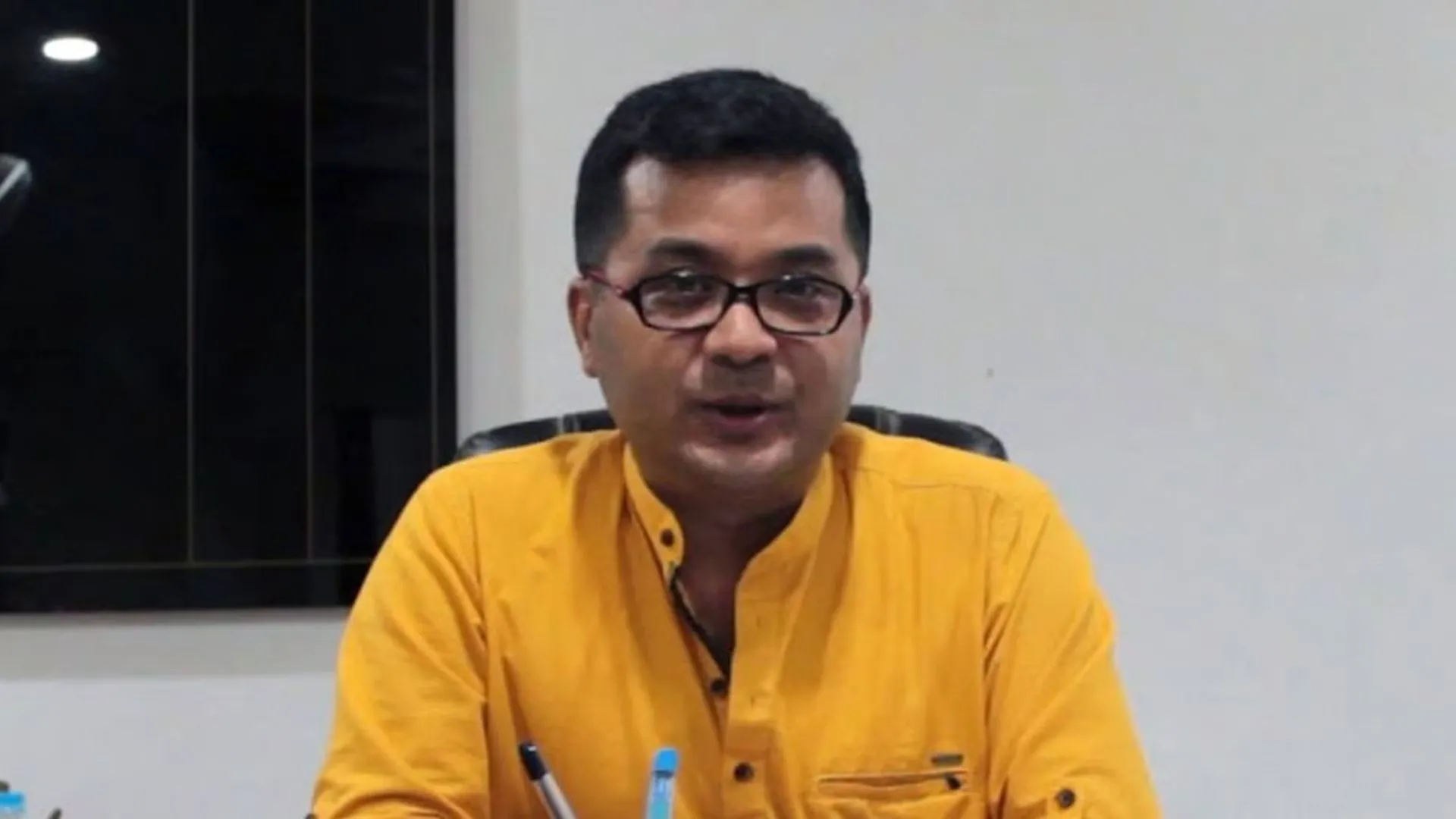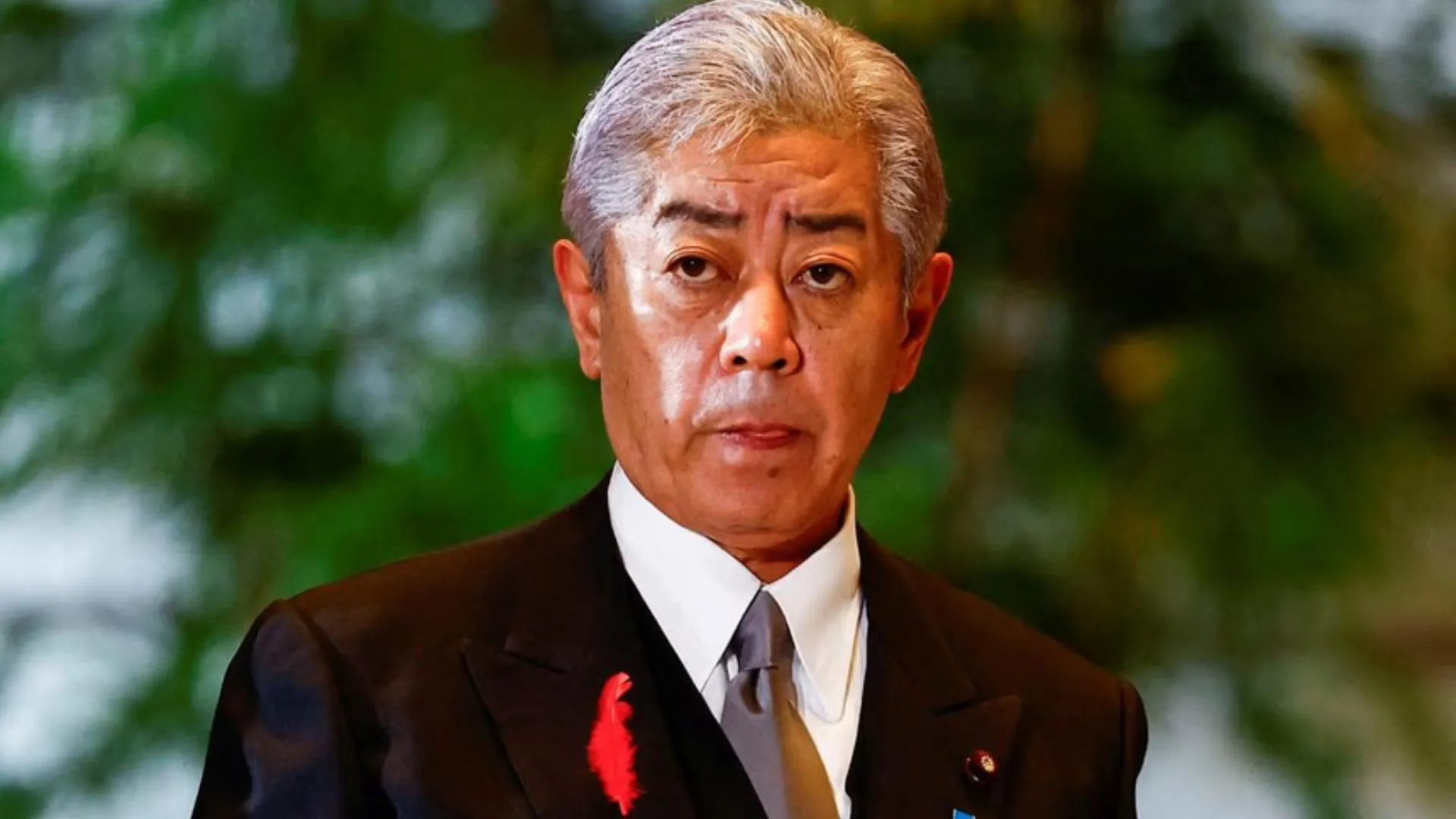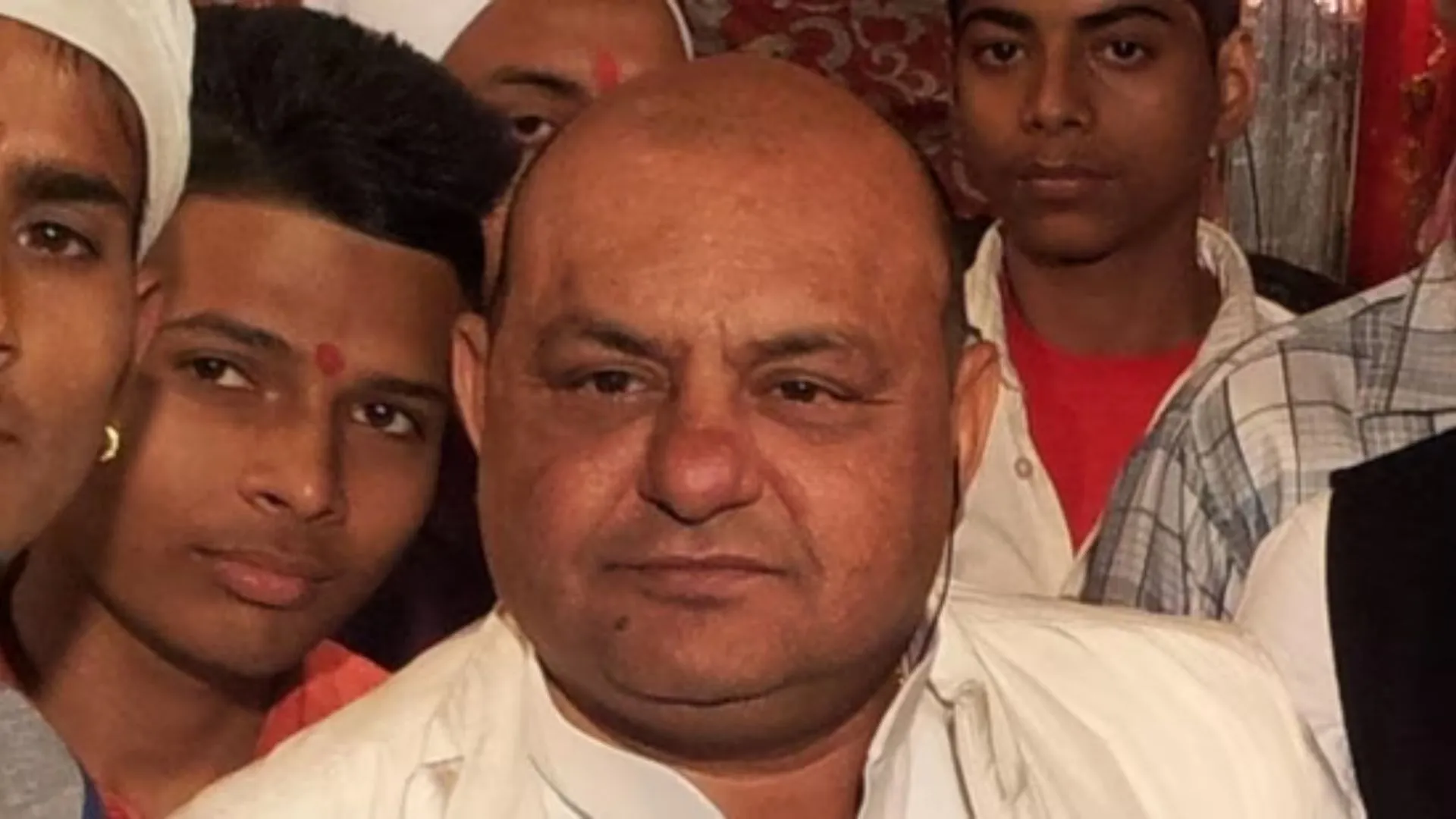Centre, in its affidavit filed in the Supreme Court, has defended its decision to demonetise Rs 500 and 1,000 currency notes in 2016 as it said that it was a major step to fight the menace of fake currency notes, terror financing, black money and tax evasion.
The central government, in its affidavit filed in the Supreme Court, said that it was a part of a larger strategy for combating the menace of fake money, terror financing, black money and tax evasion, but not confined to them alone. “It was an economic policy decision exercised in accordance with powers conferred by an Act of the Parliament (RBI Act, 1934), in conformity with the provisions of the said Act and was subsequently affirmatively taken note of by the Parliament in the Specified Bank Notes (Cessation of Liabilities) Act, 2017,” the affidavit said.
The affidavit was filed to counter the various pleas challenging the Centre’s 8 November 2016 decision. The matter is being heard by the Constitution Bench of the Supreme Court.
Centre told the Supreme Court that the nation underwent an important transformation through a series of economic policies and events and the withdrawal of the legal tender character was one important action in that series. It said notification withdrew the legal tender character of the specified banknotes (SBN), which is generally called “demonetisation”.
The notification issued on 8 November 2016, was a major step to fight the menace of fake currency notes, storage of unaccounted wealth and financing of subversive activities, the government said.
Justifying its decision, the government also said, “The expansion of the formal sector and the shrinking of the informal sector were undertaken through a series of policy measures. The policy push included digitalising transactions, technology connectivity and implementation to enable last-mile reach, increasing the tax base, enhancing tax compliance, lowering the cost of doing business, eliminating policy distortions, facilitating financial inclusion at the formal sector level and labour and agrarian reforms.”
The withdrawal of the legal tender character was one of the significant steps in the enhanced formalisation of the economy with the aim of expanding opportunities for the millions living on the periphery of the economy, the government said.
The Constitution Bench of the Supreme Court on 24 November will hear the pleas challenging the Centre’s decision to demonetize currency notes of Rs 500 and Rs 1,000 in 2016 and said that they want to conclude the hearing on this issue this year.
Various petitions were filed arising from the decision of the Government of India to demonetize the old notes of Rs 500 and Rs 1000. One of the petitions was filed by Vivek Narayan Sharma. The petition has challenged the notification dated 8 November 2016.























